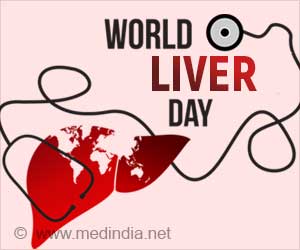Highlights
- Using hormonal contraceptives or coloring your hair too frequently can increase your risk of getting breast cancer.
- Hormonal contraceptives was associated with 32% higher //breast cancer risk among younger women under the age of 50.
- Late age at first birth, using hair color, high alcohol consumption and sedentary lifestyle are the other risk factors of breast cancer.
“The biggest risk factors in breast cancer include late age at first birth, using hair color, high alcohol consumption and sedentary lifestyle,” said Heikkinen.
They analysed self-reported survey data from 8,000 breast cancer patients and 20,000 controls from Finland.
The results suggested that use of other hormonal contraceptives was, by contrast, associated with 32% higher breast cancer risk among younger women under 50 when compared to women who did not use hormonal contraceptives.
The team also investigated the amount of opportunistic mammography, which was found to be very common. More than 60% of respondents reported having had a mammography before the screening age of 50.
Source-Medindia
















